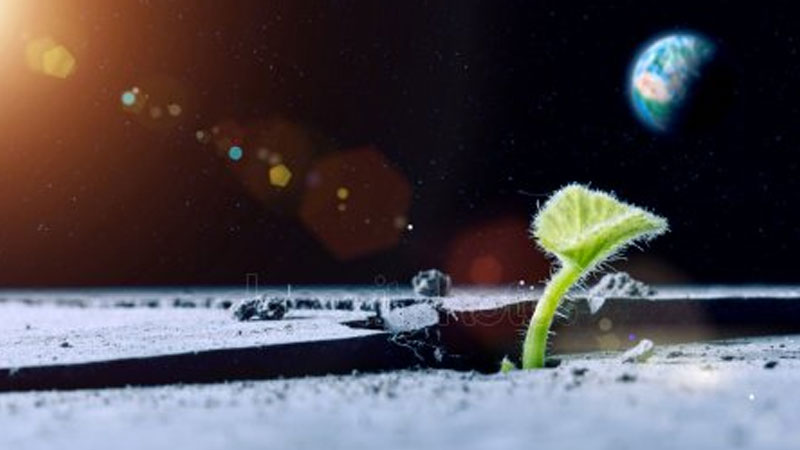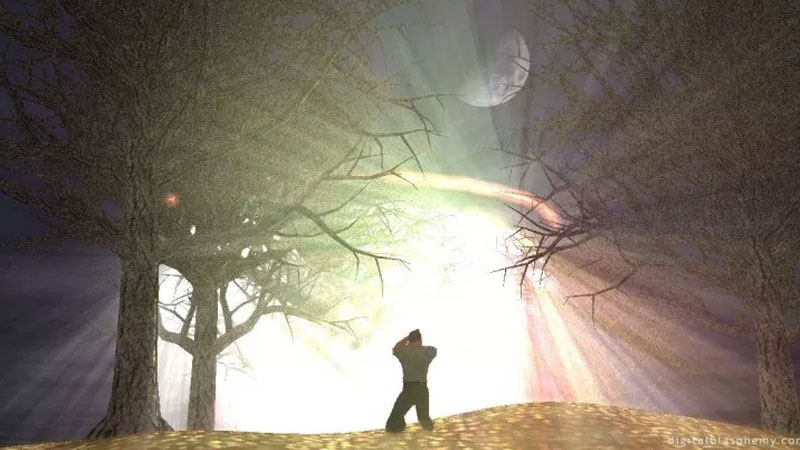
It is not easy to look for signs that indicate life on other planets, especially because the stars with the greatest chance of harboring life are in other solar systems, they are exoplanets hundreds or thousands of light years away.
Astrobiology is the name of the science that is responsible for such searches, which basically consist of analyzing the spectrum of starlight that passes through these objects and can reveal signs of living beings.
Elements such as oxygen, methane and water are considered good markers of biological activity. But a Dutch researcher has just published a new technique that experts already consider very promising in efforts to locate alien life. At least one of the kingdoms of life: the vegetable.
Named Treepol, the mechanism developed by Dutch biologist Lucas Patty, from the Free University of Amsterdam, identifies the mark that the molecular structure of plant organisms leaves on the light rays that they absorb and reflect. This is only possible thanks to a certain chemical property called chirality.
It is determined by the geometric configuration of the molecules, some lean to the right (called right-handed) and others to the left (called left-handed).
But what does this have to do with the search for extraterrestrial life?
It turns out that the molecular chirality of plants causes a very specific change in the light waves: a circular polarization, in more technical terms.
According to Lucas Patty, this constitutes an unequivocal biosignature: “There are no signals like this produced by non-living matter”.
The research began to be developed in the laboratory in 2015, when Patty analyzed the light reflected by ivy and ficus leaves with her spectropolarimeter.
In the next step, he took his Treepol to the roof of the university building and pointed to the grass of the football field next door. He was shocked, as there was no sign.
“I went there to investigate and discovered that the team plays on artificial grass!”, he explained, visibly relieved.
In tests, the device successfully identified circularly polarized light from plants kilometers away and the next step is to track starlight.
Part of the light they emit passes through the planets that orbit each of them. If any of these planets have plants, it will produce this specific polarization and we will have evidence of the presence of life.
If all goes well, humanity’s “first contact” with an alien life form will be with vegetables.




















